-
All categories
-
-
-
-
The Best Sports Products Are Here
-
-
-
-
All categories
-
-
-
-
The Best Sports Products Are Here
-
-
-
-
All categories
-
-
-
-
The Best Sports Products Are Here
-
-
-
-
All categories
-
-
-
-
The Best Sports Products Are Here
-
-
-
Treatment Methods
My Account My Account
Sclerotherapy
Sclerotherapy is the most commonly used treatment method. In this treatment method, a chemical mixture is injected into the veins. This chemical causes the vein walls to swell, squeeze together and close tightly. This causes blood flow to stop and the vein turns into scar tissue. After a few weeks,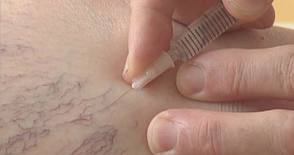 the vein begins to fade. This treatment method does not require anesthesia and can be easily performed in the doctor's office. You can resume your normal activities immediately after treatment.
the vein begins to fade. This treatment method does not require anesthesia and can be easily performed in the doctor's office. You can resume your normal activities immediately after treatment.
The same vein may need to be treated more than once. These treatments can be done every 4-6 weeks. Your doctor may recommend using compression stockings after sclerotherapy to help reduce swelling and help with treatment. If this treatment is applied correctly, very effective and successful results can be obtained.
Possible side effects of sclerotherapy:
Bruising, stinging sensation and red skin patches in the injection area. These side effects usually disappear after a while of treatment.
Spots, brown lines, thin red blood vessels around the treated vein. These usually disappear shortly after treatment.
Blood lumps trapped in the vein can cause inflammation. This is not a dangerous situation. You can relieve swelling by using pain medication (aspirin) and applying a warm compress. At your next doctor's visit, your doctor may drain the blood lump with a small needle puncture.
There is a method of sclerotherapy that is ultrasound guided (also called eco-sclerotherapy). In this method, the needle is guided by an ultrasound image. This method can be especially effective in treating veins that are not visible on the skin surface. This method can also be used in varicose veins that have reoccurred after being treated with surgery or endovenous techniques.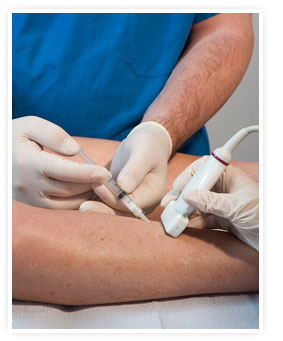
Sclerotherapy can be done in the doctor's office.
Possible side effects:
Skin wounds, swelling, accidental injection into an artery or deep vein thrombosis can cause dangerous blood clots.
Superficial Laser Treatments
In some cases, superficial laser treatments can treat spider veins or small varicose veins very effectively. In this treatment method, very powerful light bursts are sent to the vein through the skin. With this method, the vein fades and disappears over time. Not every skin is suitable for laser treatment.
No needles or cutting tools are used in this treatment method. However, laser light can hurt you a lot.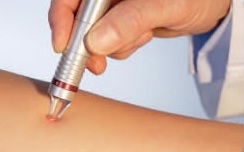 Various cooling methods can relieve your pain during application. Laser treatment takes 15-20 minutes. Usually 2 to 5 sessions are enough to eliminate spider veins on your legs. Laser treatment is not effective for varicose veins larger than 3 mm. There is no harm in doing your daily activities immediately after the treatment.
Various cooling methods can relieve your pain during application. Laser treatment takes 15-20 minutes. Usually 2 to 5 sessions are enough to eliminate spider veins on your legs. Laser treatment is not effective for varicose veins larger than 3 mm. There is no harm in doing your daily activities immediately after the treatment.
Possible side effects of laser treatment:
Redness and swelling of the skin may be observed immediately after treatment. However, these symptoms disappear within a few days after treatment. If there is a change in the color of your skin, this will resolve within 1-2 months. In very rare cases, burns and scars may appear on your skin after poorly performed laser treatment.
Endovenous Treatment (radiofrequency and laser)
 This treatment method is used to treat the deep veins in the leg (saphenous veins). Many patients with severe varicose veins choose this method rather than surgery.
This treatment method is used to treat the deep veins in the leg (saphenous veins). Many patients with severe varicose veins choose this method rather than surgery.
Can be done in the doctor's office
The doctor inserts a very small/thin tube called a catheter into the vein. A small probe is placed into the vein through this tube. There is a small device at the tip of this probe and it closes the vascular access by heating the inside of the vein. This device completely closes the vein using radio frequency or laser energy. In this treatment method, local anesthesia is applied. Mild bruising may occur immediately after treatment. Healthy veins around the closed vein take over the blood flow process. Varicose vein symptoms increase. The veins on the skin surface associated with the treated varicose vein usually shrink after treatment. If they do not shrink, these veins are also treated with sclerotherapy or other methods.
Varicose Vein Surgery
Surgery is the method mostly used in advanced varicose veins. Varicose vein surgery types:
Ligation and Stripping
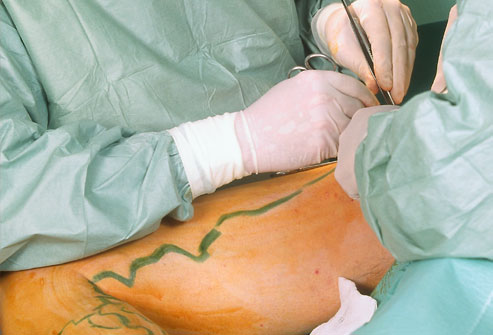 In this treatment method, the problematic veins are tied and closed, and they are completely removed from the leg through small incisions in the skin. Removing these vessels does not have any effect on blood flow. The deep veins in the leg are directly involved in high volume blood flow.
In this treatment method, the problematic veins are tied and closed, and they are completely removed from the leg through small incisions in the skin. Removing these vessels does not have any effect on blood flow. The deep veins in the leg are directly involved in high volume blood flow.
This treatment method requires general anesthesia and must be performed in the operating room. The healing process is 1 to 4 weeks. This treatment is generally very safe. Generally, pain in the leg is the most common side effect. Other possible side effects include heart or breathing problems, bleeding, and blood pooling due to anesthesia. However, the collected blood usually resolves on its own and does not require further treatment. Side effects include wound infection, inflammation, swelling and redness. It may leave permanent scars. Damage to the tissue around the treated vessel. It is very difficult to prevent damage to small nerves when the veins are removed. Damage to this nerve can cause numbness, burning, or tenderness around the wound. Blood clot in a deep vein and this clot can reach the heart and lungs. Heparin (medication) can be used to prevent this dangerous clot. However, heparin can also trigger excessive bleeding and bruising after surgery.
PIN Stripping
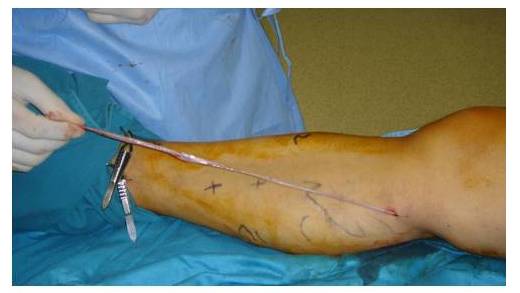 In this treatment method, a device called PIN Stripper is placed into the vein. When the PIN Stripper tip is brought to the end of the vein and the vein is lifted, the vein is pulled out. This treatment method can be applied in a clinic or hospital. Local or general anesthesia is performed.
In this treatment method, a device called PIN Stripper is placed into the vein. When the PIN Stripper tip is brought to the end of the vein and the vein is lifted, the vein is pulled out. This treatment method can be applied in a clinic or hospital. Local or general anesthesia is performed.
Outpatient Phlebectomy
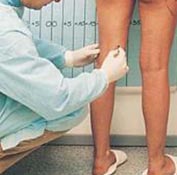 In this method, small incisions are made on the skin. The vein in the leg is removed using hooks. Local anesthesia is applied. Anesthesia is performed only in the area where your treated veins are located. The vein is usually removed in a single session.
In this method, small incisions are made on the skin. The vein in the leg is removed using hooks. Local anesthesia is applied. Anesthesia is performed only in the area where your treated veins are located. The vein is usually removed in a single session.
Very large varicose veins are treated with this treatment method. Very small scars remain. You can return to your normal daily pace one day after the treatment. Possible side effects include temporary numbness and slight bruising.
Comments
-
5 stars0
-
4 stars0
-
3 stars0
-
2 stars0
-
1 star0
No posts found
Buy with us
My account
variscorabi.com
variscorabi.com

Buy with us
My account
variscorabi.com
General info
Subscribe to our newsletter
variscorabi.com
© 2024 www.variscorabi.com - powered by agugi





 Login with Google
Login with Google